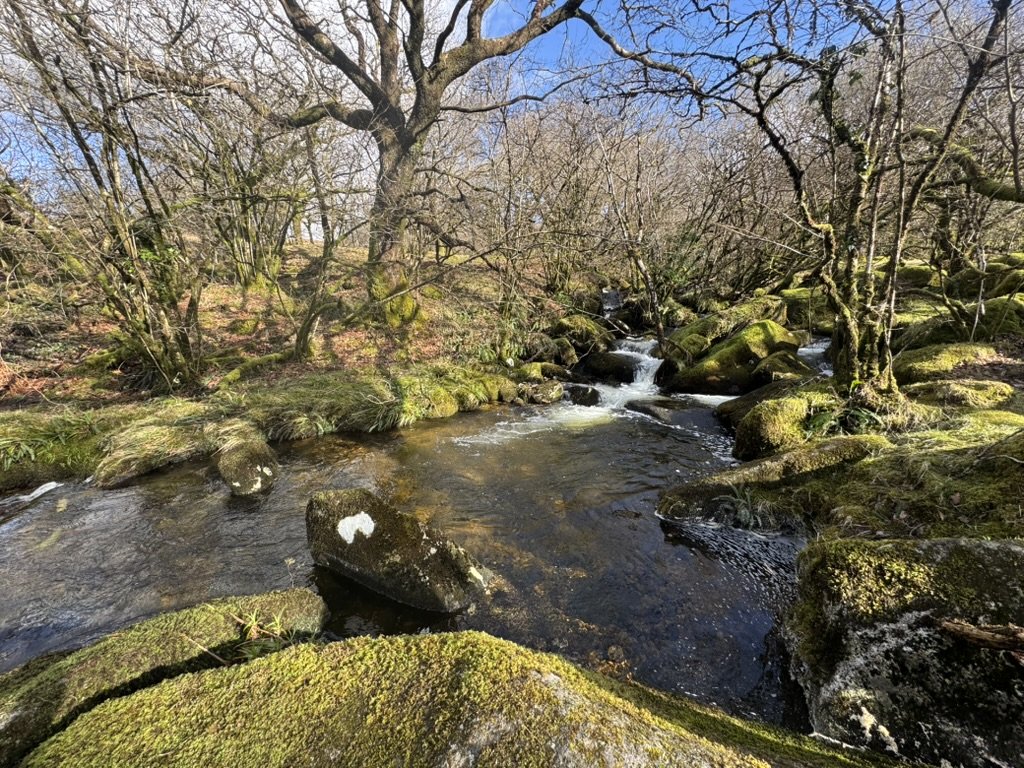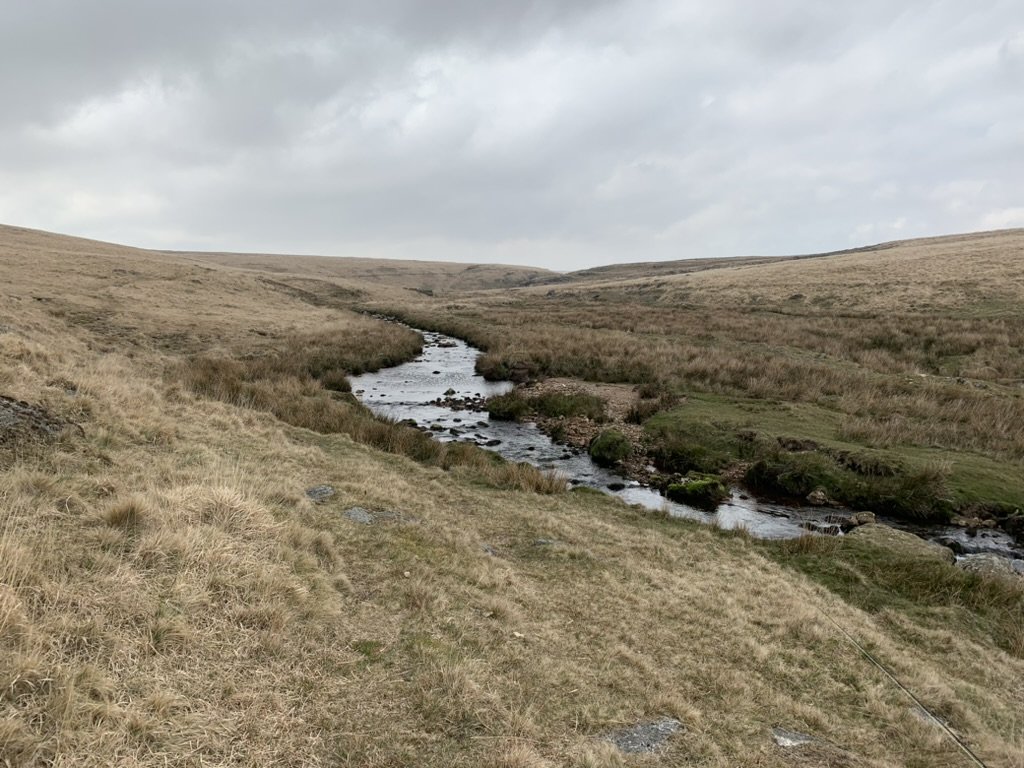Fire & Water
Dartmoor, sculpted by the ceaseless interplay of water and land, presents a landscape that transcends the mere presence of its flowing rivers. It is a tapestry of ecological interconnectedness, where every stream etches a passage through the moorland, while the earth cradles the lifeblood that sustains a wealth of flora and fauna. At TACA, we recognise the precious link between land and its watery veins, understanding that each droplet nurtures the delicate balance of this unique habitat. In light of the recent moor fire, this week’s blog delves into the profound impact of such events on Dartmoor’s ecology. I do hope you take away something from this…
Dartmoor is not just a place. It’s a feeling. It’s the soft hush of rolling mist over tors at dawn, the ancient reminders provided by stone circles hidden amongst the gorse, the silver threads of water weaving their quiet miracles into the land. For those of us who love it, the news of the recent wildfire that swept across Cut Hill wasn’t just a natural event - it felt quite personal.
Cut Hill, which is tucked away in one of the wildest, most untouched hearts of the moor, burned. And with it, a piece of that sacred silence, that rare wilderness, was taken. It’s hard to explain to someone who hasn’t yet properly experienced Dartmoor what it means to see the moor’s earth blackened. But let me try.
Dartmoor is not about spectacle - it’s about an unfathomable depth, it’s about learning to love subtlety, to notice the way water glimmers beneath moss, to feel the weight of time beneath your feet when you walk through a Bronze Age settlement without a signpost in sight. Similar to the rivers, this land doesn’t shout, it doesn’t have to. It whispers. And in those whispers are stories so old, and so intimate, that they move something deep in you - but only if you're willing to listen.
It’s Water that binds it all
Everything begins with water here. The moor holds it like a favourite cup - gentle, quiet and essential. As explored with you all in a previous blog post, Rivers like the Teign, Dart, Taw, and Tavy aren’t just pretty names on a map; they are the circulatory system in the body of this remarkable landscape. They are born under wide skies from the peat and rain-soaked uplands (when we do get some rain that is!). These waters don’t just flow through the moor - they are the moor.
That’s why the news of the fire here feels so wrong. Dartmoor is supposed to be wet, yielding, alive with quiet movements. When uncontrollable flames lick through a place as remote as Cut Hill, they don’t just scorch the grass, they burn through centuries of moss, heather, favoured nesting sites and living memory. They release carbon stored since before we knew what carbon even was! They threaten the very spongy, miraculous system that makes this place Dartmoor.
So why don’t some people get it?
It can be hard to explain this to people who see the moor as just one big, open space. A place to park, walk a hundred meters and leave again thinking you’ve ‘done Dartmoor’. And that hurts a little, if I’m honest, not out of gatekeeping, but out of heartbreak. Because Dartmoor isn’t empty - It’s packed full of silence, of wildlife, of history, of wildness, of soul!
Again, this landscape doesn’t perform - it doesn’t have to. It doesn’t decorate itself for attention. Instead, it invites you, quietly, to slow down, to pay proper attention and to truly feel. And therein, perhaps, this is why some individuals just don’t quite ‘get’ it.
In our modern world that rewards loudness and speed, Dartmoor offers neither. Instead, it gives you space. Space to breathe, to notice, to reflect and to remember what it feels like to belong somewhere enduring, ancient and real.
And what after the Fire?
The land will heal - Dartmoor always does. Rain will come. Life will return, slowly and softly. But healing can’t be taken for granted. We must love this place not just in words, but in the choices we make. We must understand that wildness is not carelessness. That every flame, every ill-judged decision, every overlooked responsibility has consequences.
Loving Dartmoor means listening to it. Letting it teach us and letting it humble us to the absolute core!
Dartmoor is not just a landscape - it is a relationship. It’s a love letter, a favourite song, a teacher, a friend. And in the end, it asks for what all great loves ask for: not to be conquered, ruled or consumed, but to be known, respected, and cherished.
So if you go, please go gently. Walk softly. Let your heart open to the quiet. And perhaps, if you really listen, you’ll begin to hear what the moor has always been trying to say.



